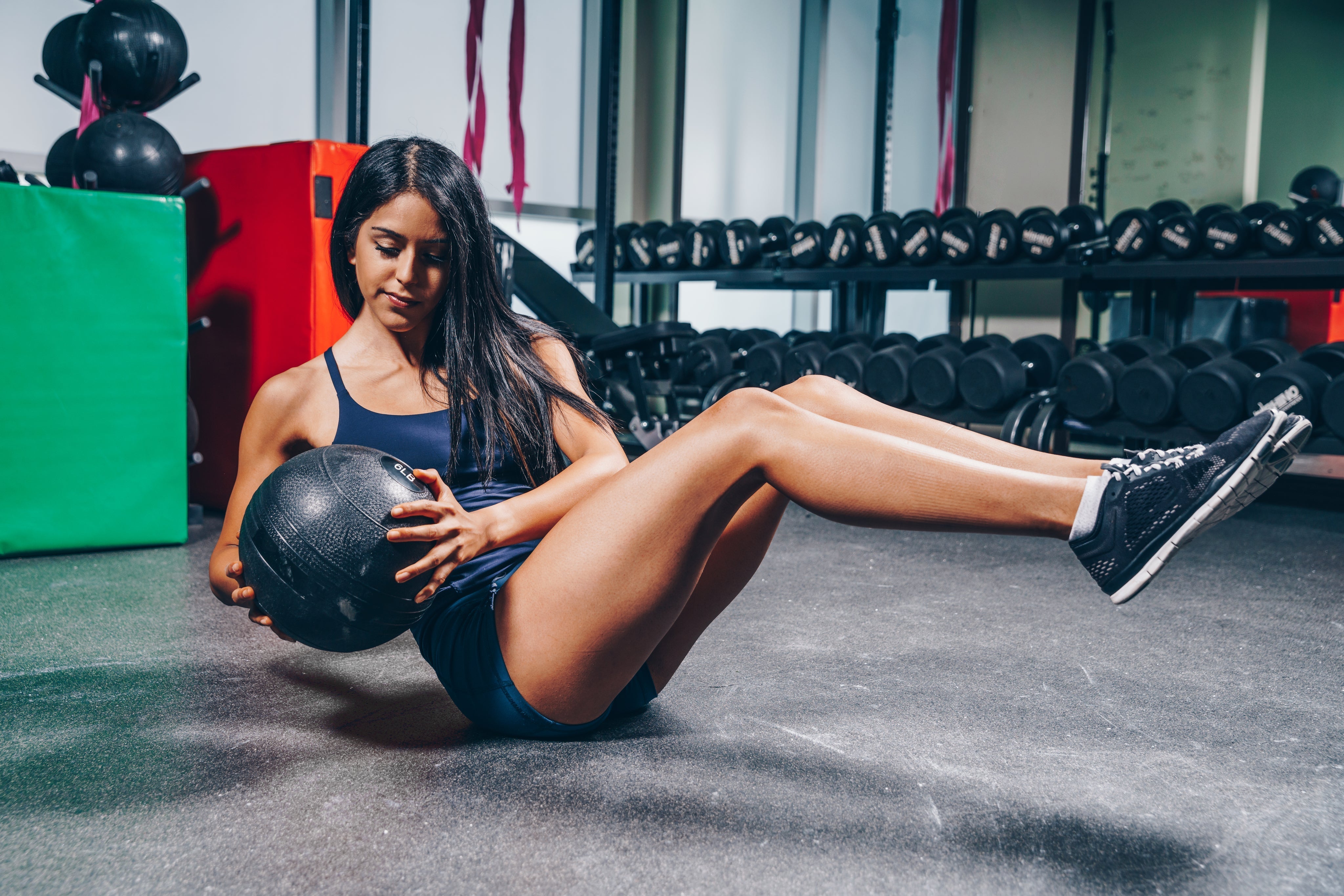
The Science Behind Sweat: What is the best type of fibre clothing to wear in the Gym
I used to be of the mindset that natural fibres are best. Nothing can beat it - mother nature is amazing, I avoid processed foods and eat a diet as ancestrally natural as I can, my cleaning products too - wouldn't it make sense to keep my clothing fibres natural as well? I went down a rabbit hole of research and discovered that when it comes to active lifestyles and intense workouts, what was healthiest for our skin, our largest organ, was not actually as straightforward as choosing a natural fibre.
When we exercise, our bodies engage in a fascinating process of thermoregulation. Understanding how sweat works, and how different fabrics interact with it, can help explain why your choice of underwear material matters more than you might think.
How Sweat Works
Your body produces sweat to maintain its optimal temperature of 37°C (98.6°F). During exercise:
- Your muscles generate heat through movement
- Your body releases sweat to cool down
- Sweat evaporates from your skin, creating a cooling effect
- This process continues throughout your workout
The Cotton Problem
Cotton has been a go-to fabric for centuries, but when it comes to exercise, it presents several challenges:
Physical Structure:
- Cotton fibers are hollow and naturally absorbent
- These fibers soak up moisture like tiny straws
- Once saturated, cotton holds onto moisture
- The fabric becomes heavy and stays wet
Heat Retention:
- Wet cotton creates a barrier against your skin
- This barrier prevents proper evaporation
- Your body's natural cooling system becomes less effective
- Temperature regulation becomes more difficult
Understanding Moisture-Wicking Technology
Modern technical fabrics work differently:
Fiber Structure:
- Engineered fibers with specific surface properties
- Microscopic channels that move moisture
- Hydrophobic (water-repelling) properties
- Structured to promote evaporation
Moisture Transport:
- Sweat is pulled away from skin through capillary action
- Moisture spreads across a larger surface area
- This spreading accelerates evaporation
- Your skin stays relatively dry
The Role of Fiber Technology
Technical fibers like recycled nylon offer several advantages:
Physical Properties:
- Non-hollow fiber structure
- Consistent performance when wet
- Maintains shape during activity
- Quick-drying characteristics
Performance Benefits:
- Reduces bacterial growth
- Minimizes odor retention
- Maintains comfort during extended wear
- Provides consistent support
Temperature Regulation Science
Effective moisture management affects your workout through:
Thermoregulation:
- Proper evaporation supports natural cooling
- Consistent temperature regulation
- Reduced risk of overheating
- More efficient energy use
Performance Impact:
- Better endurance in hot conditions
- Reduced energy spent on cooling
- More comfortable movement
- Improved focus during workouts
Fabric Engineering
Modern performance underwear combines multiple technologies:
Material Science:
- Engineered fiber shapes
- Specific knit patterns
- Strategic ventilation zones
- Calculated compression areas
Construction Techniques:
- Seamless integration of different properties
- Targeted support zones
- Ventilation mapping
- Movement-specific design
Environmental Factors
Different environments affect moisture management:
Indoor Training:
- Air conditioning affects evaporation
- Humidity levels impact cooling efficiency
- Temperature variations between areas
- Air circulation considerations
Outdoor Activities:
- Weather conditions affect performance
- Temperature fluctuations require adaptation
- Wind impacts evaporation rates
- Humidity affects cooling efficiency
The Future of Fabric Technology
Ongoing developments include:
- Smart fabrics that adapt to conditions
- Improved recycled materials
- Better sustainability in performance wear
- Enhanced moisture management systems
Making Informed Choices
Understanding these principles helps in selecting appropriate gear:
- Consider your typical workout environment
- Think about exercise intensity
- Account for duration of activity
- Factor in personal sweat rates
The science is clear: when it comes to exercise, technical fabrics significantly outperform traditional cotton. This isn't just about comfort – it's about supporting your body's natural cooling system and maintaining optimal performance conditions throughout your workout and what is healthiest for your active lifestyle against your skin.



